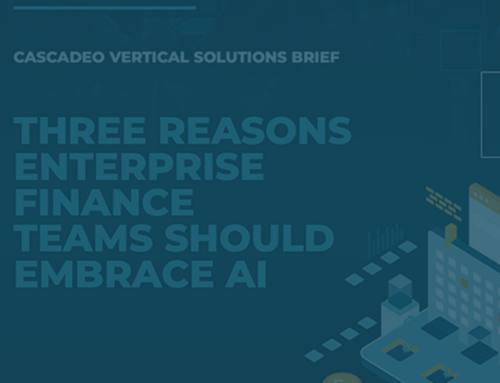
What does cloud-native mean? For most of us, that’s a trick question. Native seems easy enough: born where you live. Yet very few established businesses were born in the cloud. So let’s try again: Your technology was born in the cloud, built from the ground up to apply all the advantages of cloud computing to the direct accomplishment of your goals.
Building a Cloud-Native Business
What kind of business are you building? Is it flexible, responsive, and cost-efficient? Does it take maximum advantage of every resource? Are its digital workflows built from the ground up to put every available tool to use in the service of clear organizational goals? Then you might be building a cloud-native business. Or now might be the time to start.
What does cloud-native mean? For most of us, that’s a trick question. Native seems easy enough: born where you live. Yet very few established businesses were born in the cloud. So let’s try again: Your technology was born in the cloud, built from the ground up to apply all the advantages of cloud computing to the direct accomplishment of your goals. There, that’s better.
Apps built for the cloud are inherently scalable, elastic, reliable, and recoverable. They are structured differently than functions made for your on-premises servers, with features like automation, fast-moving development and deployment, and the ability to break down information silos across your organization without compromising control of data. By necessity, cloud-native apps have security built into their development, rather than applied responsively as external functions or patches that may or may not hold up to advanced external threats. Some providers use cloud-native to indicate more specific aspects, such as container structures in a cloud-hosted system; others use it to indicate vendor-specific offerings such as those tied to Amazon Web services. But in general, any digital business system that is hosted in the cloud and architected specifically to take advantage of cloud features is considered cloud-native.
When we talk about digital transformation, language that isn’t always clear or specific gets batted around frequently. There are an almost endless number of ways companies with on-premise servers can begin a cloud transition, and most will have to eventually choose some measure of cloud usage as modern apps and systems shift fully to subscription-based structures. Gartner Research estimates that by 2025, more than 95% of new digital initiatives will happen via cloud-native platforms, and by 2027, cloud computing and all its built-in flexibility and innovation will be the dominant model for all business types that wish to remain digitally competitive. Gartner’s definition of digital transformation presents both an opportunity and a challenge to enterprises preparing to make the leap to the cloud: digital transformation requires changing the way you do business, not just relocating your data and application storage. It requires rethinking how your business operates, and all the ways it could be more efficient, effective, and customer-responsive via the features of cloud-native digital architecture.
It probably also means discussing those challenges and opportunities with an expert. In most cases, an organization’s in-house IT staff faces a considerable learning curve in order to lead such a transformation without an experienced provider’s support and guidance. While you might not have a strong grasp of everything that’s possible in the cloud, you should begin your exploration at your journey’s ideal end: What do you hope you can accomplish in such a transformation? What outcomes are most important as you modernize your business? Customer responsiveness? More knowledgeable operations via increased data analytics capacity? Improved employee morale and retention? Faster time to market with new innovations, products, and services? Increased and modernized data security? All these outcomes and more are accomplishable in the cloud. Your priorities will determine the shape and size of your transformation. Cloud-native business strategies don’t have to be an all-or-nothing prospect; a good provider will customize your transformation based on your company’s goals and capacity, and will help you understand cloud-based opportunities you haven’t encountered yet.




